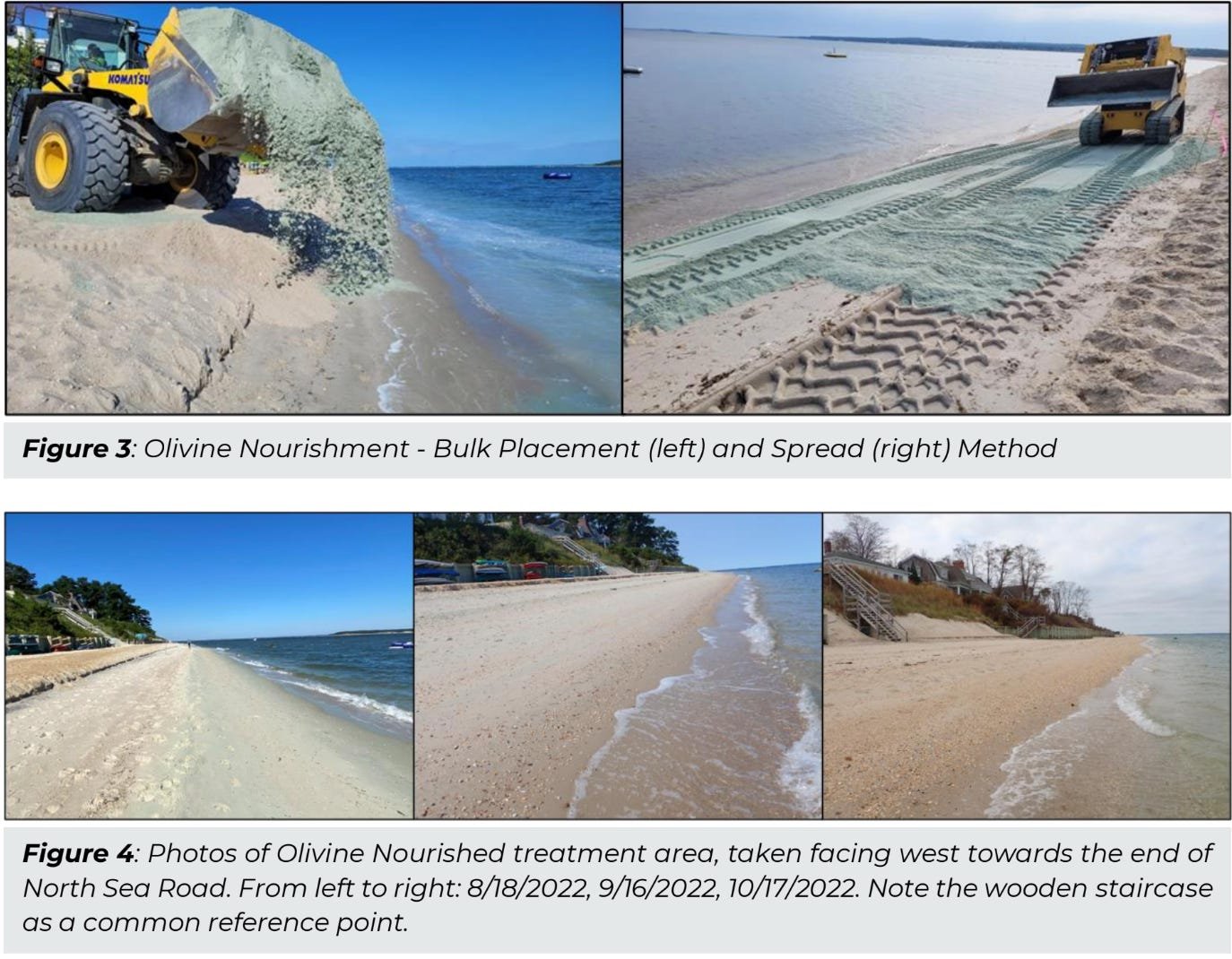Carbon Sea-questration
By Sonam Velani and Tamar HonigWhat provides wildlife habitat, livelihoods to more than 50 million people, vital sustenance to humans and animals alike, an expressway for global commerce, and linkages between world cultures, all at once?
Our oceans do – that sprawling and largely ungoverned expanse that covers two-thirds of planet Earth. In honor of World Oceans Day on June 8th, we’ll be exploring the murky depths of symptoms borne and opportunities represented by the seas in our battle against climate change.
Among its many identities, the ocean is the world’s largest carbon sink, holding 50 times more CO2 than is currently in the atmosphere. Couple this with the scientific consensus that we must remove carbon dioxide from the atmosphere in addition to reducing how much carbon we emit, and the ocean becomes an attractive storage option. Attractive enough to spur on a host of innovators seeking to harness the ocean’s natural powers and accelerate its absorption of CO2.
In Long Island, New Yorkers have more to celebrate than a beach getaway this summer, as the region is emerging as a leader in the burgeoning field of ocean-based carbon dioxide removal (CDR). With an extensive coastline, maritime industrial base, and growing renewable energy resources, Long Island is poised to play a key role in leveraging its surrounding seas to help New York draw down “legacy” CO2. This is no small task: the most recent IPCC Assessment Report emphasizes that CDR will be required at gigaton scale to counteract hard-to-abate emissions. In New York, this means removing ~61.5 MT of carbon dioxide equivalent by 2050 (15% of the 1990 emissions baseline established by the Climate Leadership and Community Protection Act).
Olivine pilot project in Southhampton (Source: Project Vesta)
Next time you hop on the LIRR to beat the heat of a New York City summer day, think of these exciting approaches to ocean-based CDR that may soon be joining you in the water:
SEA MATE: A novel electrochemical process developed at Stony Brook University, SEA MATE uses renewable electricity to pump acid out of the ocean. This not only deacidifies the ocean - benefitting local fisheries and other aquatic life - but also accelerates the ocean’s natural ability to sequester atmospheric CO2 by converting it into bicarbonate, the ocean’s most abundant form of carbon storage. The innovators behind SEA MATE have commercialized the process as Ebb Carbon – one of the companies in Stripe’s carbon removal purchasing program. Potential deployment sites for the technology include Long Island.
Running Tide: This Portland, Maine-based startup uses automated aquaculture systems to seed kelp on biodegradable floats, then uses ocean currents to sink the resulting biomass into the deep ocean for durable carbon sequestration. As the company scales, it has set its eyes on the NYC metropolitan area and Long Island as a proximate and potentially highly suitable point of expansion.
Project Vesta: This nonprofit’s secret sauce is olivine-based “carbon negative sand”. Through a method known as beach nourishment that deploys the sand along eroding coastlines, the olivine accelerates the natural carbonate cycle to draw down atmospheric CO2 and durably sequester it in the ocean. After over two years of foundational research, Project Vesta conducted one of its first demonstration pilots at North Sea Beach, a community located on Long Island’s North Shore.
Olivine and enhanced weathering (Source: Project Vesta)
Ocean-based CDR wouldn’t be a nascent, promising field without several accompanying challenges: to name a few, measuring the efficacy and durability of carbon removal, surmounting regulatory and technical obstacles, and addressing equity concerns. Robust policy support will be crucial in overcoming the current gaps and helping this fledgling industry thrive by establishing governance and regulatory frameworks; expanding the existing knowledge base; advancing monitoring, reporting, and verification (MRV); and assessing and prioritizing public benefits. Hallmarks of a supportive policy environment for ocean-based CDR will include:
Clear permitting and oversight processes that allow field tests of various ocean carbon removal methods to occur and help identify those with the lowest ecological impacts.
Governance structures to ensure research projects are conducted safely and responsibly.
A focus on economic opportunities and other benefits for coastal communities.
Improved public awareness and perception of ocean carbon removal.
Appropriate MRV tools and protocols to keep developers accountable and measure how much carbon is being sequestered as well as ecological impacts.
The ocean has long been a source of mystery and intrigue, with centuries of literature painting vibrant pictures of an untamed and limitless wilderness, an opportunity for reinvention, a refuge from life on land. The uncertainties swirling around ocean carbon removal – in terms of effectiveness, community and ecosystem impacts, and other risks – are a new chapter in this age-old canon. Implementing MRV standards, channels for knowledge transfer, and robust regulatory policies can help the story unfold in time to meet the climate change crisis head-on.
By Sonam Velani and Tamar Honig
